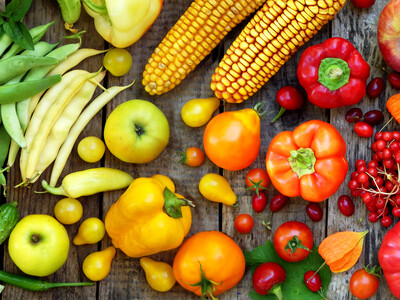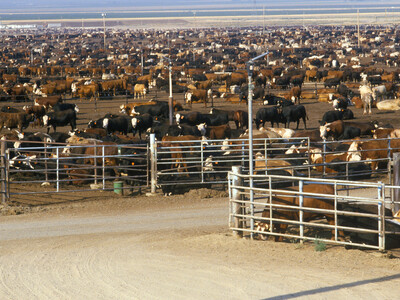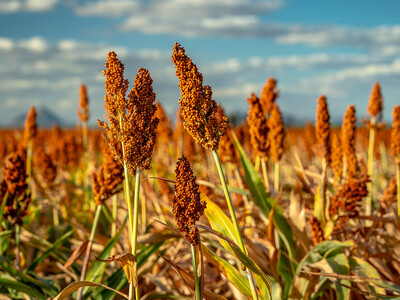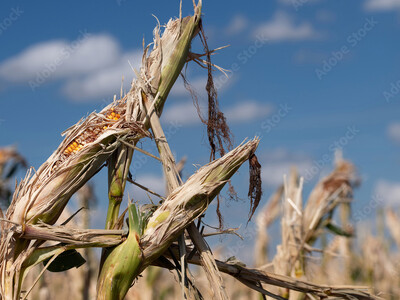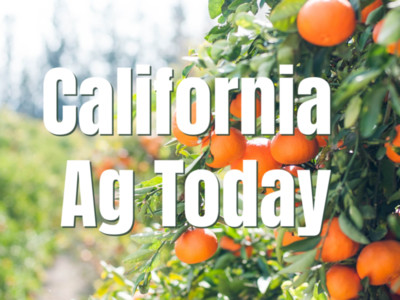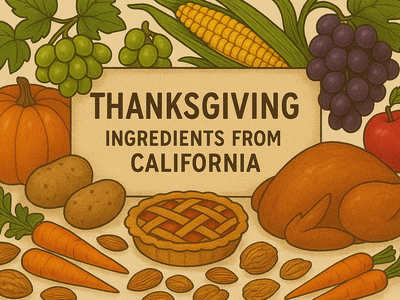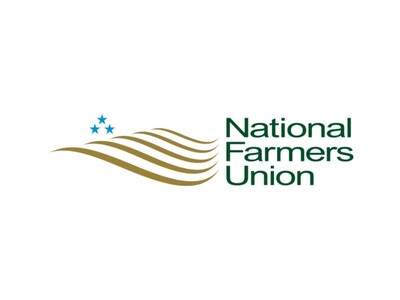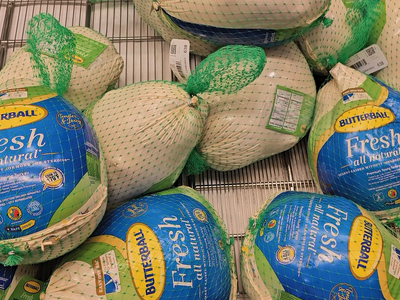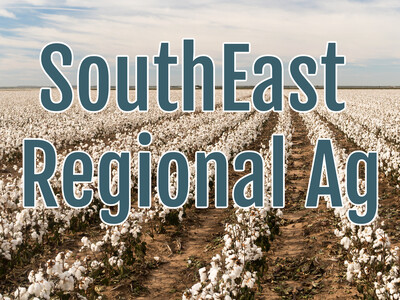Diverse Ag Offerings
Diverse Ag Offerings. I’m Greg Martin with today’s Line On Agriculture.
BARTON: I think it speaks to the creative outlook of some growers who are willing to take risks or look outside the normal ‘I've been growing this forever' and are willing to try something new. And also, it speaks to consumer trends and the interest in new things.
Trade Manager Laura Barton of the Oregon Department of Agriculture says many of these crops have come onto the scene in
BARTON: There are a few farms now that have planted olive orchards, primarily for pressing into oil because olive oil has become quite trendy and of interest to people involved with food. There are plantings in southern
A look at the recent US Census of Agriculture shows a number of commodities that grow on a handful of
BARTON: We're not a big monoculture agriculture state. I think if you look at the
Barton says the producers of these lesser-known and new crops are a mixture of existing farmers and some that are just entering the world of farming.
BARTON: You'll see some that are definitely in farming for maybe generations even, who are looking to get a better return. But some of them are people who have never have been in farming before but really want to and they see, well gosh, there is already all these growers of these other crops, so what can I do?
That’s today’s Line On Agriculture. I’m Greg Martin on the Northwest Ag Information Network.




